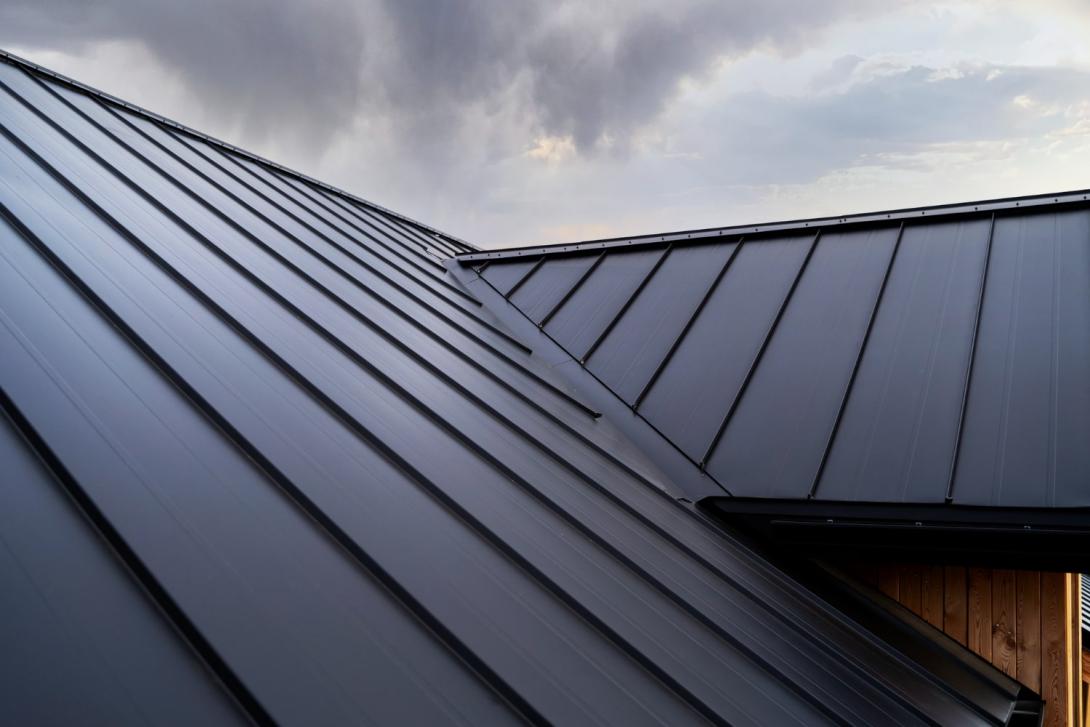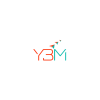
Sustainability is no longer a trend but a necessity in the construction industry. As the world faces growing concerns over environmental impact and the depletion of natural resources, the construction sector is seeking innovative ways to reduce its ecological footprint. One of the materials gaining significant attention in sustainable building practices is corrugated roof sheets.
Corrugated roof sheets, made from various materials such as steel, aluminum, and plastic, have been used for decades for their durability and practicality. However, in recent years, these roof sheets have become an integral part of sustainable construction due to their eco-friendly attributes, energy efficiency, and low maintenance requirements. This blog will explore the role of corrugated roof sheets in sustainable construction, highlighting their benefits and how they contribute to creating greener buildings.
What Are Corrugated Roof Sheets?
Corrugated roof sheets are roofing materials made from metal or synthetic materials that are shaped into a series of alternating ridges and valleys. These ridges increase the material’s strength and provide resistance to bending, making them durable and efficient. Corrugated sheets are typically used in commercial, industrial, and agricultural buildings, though they are increasingly being utilized in residential construction as well.
The most common materials used for corrugated roof sheets include:
- Galvanized Steel: A popular option due to its strength, durability, and resistance to corrosion.
- Aluminum: Known for its lightweight properties and resistance to corrosion, making it ideal for areas with high moisture levels.
- Plastic and PVC: Lightweight, cost-effective, and durable, these materials are commonly used in smaller residential projects.
- Bitumen and Asphalt: Often used in industrial or agricultural settings where cost-effectiveness and practicality are paramount.
Corrugated roof sheets are recognized for their versatility, longevity, and cost-effectiveness. However, when considering sustainable construction, these materials stand out for their environmental benefits and contribution to energy-efficient building practices.
Environmental Benefits of Corrugated Roof Sheets
1. Energy Efficiency
One of the main reasons corrugated roof sheets are favored in sustainable construction is their ability to improve the energy efficiency of buildings. They are designed to offer excellent insulation properties, which help regulate the internal temperature of buildings. This can significantly reduce the need for artificial heating and cooling, contributing to lower energy consumption.
Reflective Coatings: Many corrugated roof sheets come with reflective coatings, which reduce the amount of heat absorbed from the sun. By reflecting a greater portion of solar radiation, these roofing sheets help maintain cooler indoor temperatures, reducing the reliance on air conditioning systems. In warm climates, this can result in significant energy savings, making buildings more energy-efficient and eco-friendly.
Insulation Materials: Some corrugated roof sheets incorporate insulating materials such as foam or fiberglass. This enhances their thermal performance, further minimizing the need for heating during colder months. Buildings with well-insulated roofs can maintain a comfortable indoor environment year-round, thus reducing energy costs and the overall carbon footprint.
2. Durability and Longevity
Corrugated roof sheets are known for their durability. These roofing materials are resistant to weathering, corrosion, and environmental wear and tear, especially those made from galvanized steel or aluminum. This extended lifespan means fewer replacements and repairs, resulting in less waste and reduced demand for raw materials. The longer a roof lasts, the fewer resources are consumed over time.
In addition to the reduced need for frequent replacements, the resilience of corrugated roof sheets also helps ensure the longevity of the entire building structure. For example, they are less likely to be damaged by harsh weather conditions such as heavy rain, snow, or strong winds, meaning they maintain their performance and integrity over the years.
3. Recyclability
Another significant environmental advantage of corrugated roof sheets is their recyclability. Many corrugated roof sheets, especially those made from steel and aluminum, are 100% recyclable. At the end of their lifecycle, these materials can be reclaimed, melted down, and reused for manufacturing new products. This reduces the amount of waste sent to landfills and decreases the demand for new raw materials, making corrugated roofing an eco-friendly choice.
Recycling also saves energy compared to the production of new materials. The energy required to recycle metals is significantly lower than that needed to mine and refine raw ores, contributing to a reduction in overall energy consumption. As a result, the use of corrugated roof sheets aligns with the principles of circular economy and sustainable resource management.
4. Reduced Carbon Footprint
By using durable, long-lasting, and energy-efficient roofing materials, corrugated roof sheets contribute to a lower carbon footprint for construction projects. With their ability to reflect heat and improve energy efficiency, buildings with corrugated roofs use less energy, thereby reducing greenhouse gas emissions. Additionally, since these materials are recyclable, the overall lifecycle emissions are significantly lower than those associated with other non-recyclable roofing materials.
Choosing corrugated roofing materials that are sustainably sourced and produced can further minimize the environmental impact of a building. Many manufacturers now prioritize eco-friendly practices, such as using recycled metals or renewable energy sources in production, to ensure their products have minimal environmental impact.
Economic Benefits of Corrugated Roof Sheets
While the environmental benefits of corrugated roof sheets are significant, their economic advantages also contribute to their growing popularity in sustainable construction.
1. Cost-Effectiveness
Corrugated roof sheets are among the most cost-effective roofing materials available. Their manufacturing process is efficient, and the materials are relatively inexpensive compared to alternatives like tiles, shingles, or slate. In addition, corrugated roofing sheets are lightweight, which reduces transportation costs. The simplicity of their design also makes installation faster and cheaper, leading to lower labor costs.
Despite their affordability, corrugated roof sheets do not compromise on performance. Their long lifespan, low maintenance needs, and energy-saving capabilities make them a smart investment for both commercial and residential construction projects. The reduced energy bills, coupled with fewer repairs and replacements, result in long-term financial savings.
2. Low Maintenance Requirements
One of the main reasons corrugated roof sheets are popular is their low maintenance needs. Since they are resistant to corrosion, rot, and pests, they do not require frequent upkeep or repairs. Regular cleaning and occasional inspections are usually enough to maintain the integrity of the roof, making it a hassle-free option for property owners.
In regions with high rainfall or exposure to saltwater (e.g., coastal areas), corrugated metal roofs are particularly advantageous due to their resistance to rust and corrosion. As a result, owners of buildings with corrugated roof sheets enjoy lower maintenance costs over time.
3. Improved Property Value
Buildings equipped with sustainable, energy-efficient features, including corrugated roofing, often see an increase in property value. With the growing focus on sustainability and green building practices, many property buyers and tenants prioritize energy-efficient properties. Corrugated roof sheets not only improve the overall efficiency of the building but also make it more attractive to environmentally-conscious buyers, adding value to the property.
Conclusion
Corrugated roof sheets play a crucial role in sustainable construction by offering energy efficiency, durability, and recyclability. Their ability to reduce energy consumption, lower carbon footprints, and decrease maintenance costs makes them an essential material for creating greener, more cost-effective buildings. Furthermore, their long lifespan and recyclability contribute to waste reduction and resource conservation, aligning with the principles of sustainable development.
Whether for residential homes, commercial buildings, or large-scale industrial projects, corrugated roof sheets offer an ideal solution for those looking to integrate sustainable practices into their construction projects. By choosing this eco-friendly and cost-effective roofing material, property owners, builders, and developers can contribute to a greener future while benefiting from long-term savings and enhanced building performance.

